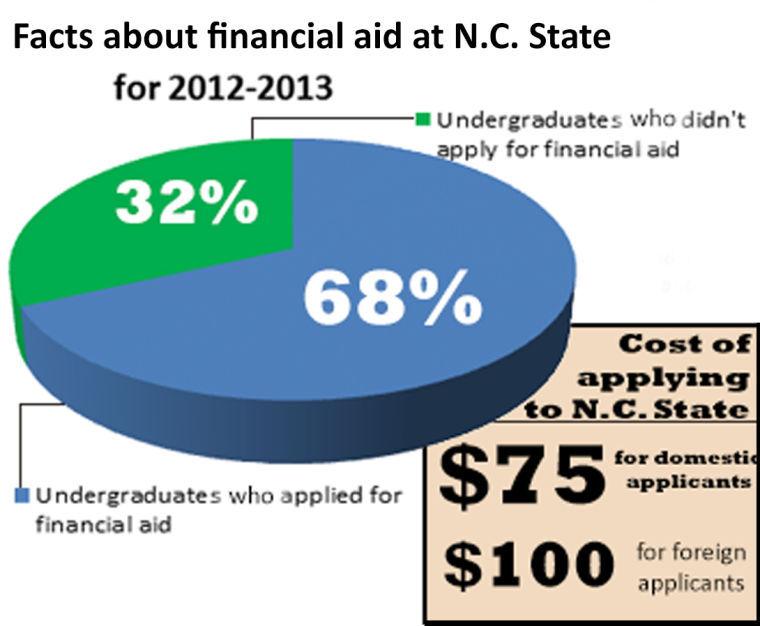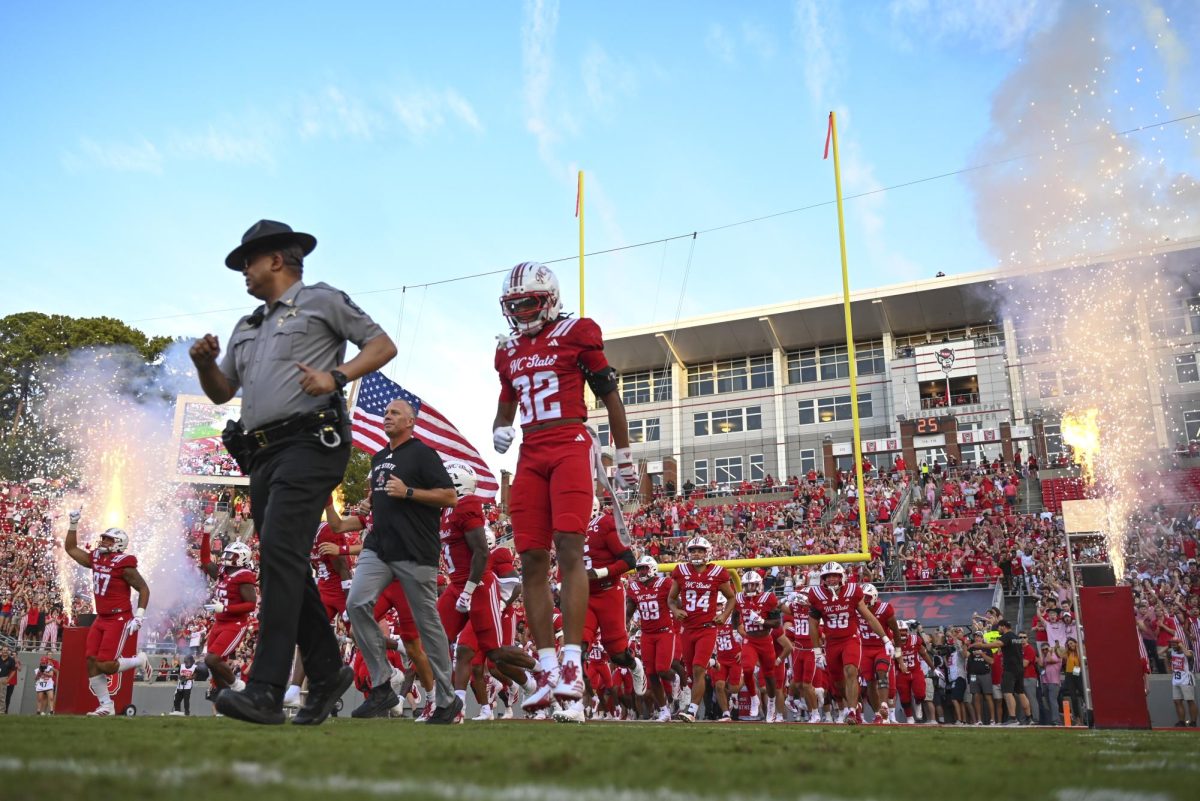Low-income students are reaping the benefits of a progressively cheaper college admissions process. However, a new report suggests there is still room for improvement.
The National Bureau of Economic Research published a study that found that $6 could determine whether a student applies to a selective university.
The study makes its claim based on observations when the ACT changed its policy in 1997. Previously, test takers could only send results to three potential universities, and now they can send results to four. Also, students were required to pay $6 for every additional score report sent out.
Before the ACT offered students the option to send four score reports, only 5 percent of students did so compared to 65 percent after four score reports were allowed, according to an article published in Inside Higher Ed.
This change in policy has resulted in lower income students applying to more competitive schools. Highly qualified, low-income students who applied and were accepted into competitive schools are attending these higher level universities, leading researchers to believe that these students could further benefit from cost reductions in other areas pertaining to the application process.
However, these students also depend on financial aid once they are accepted.
For the 2012-2013 academic school year, 68 percent of N.C. State undergraduates applied for financial aid through the Free Application for Federal Student Aid. 52 percent were classified as demonstrating financial need under FAFSA guidelines, according to the 2012-2013 University survey.
These data show that a large portion of N.C. State’s population is dependent on some sort of financial aid, further highlighting the importance of such aid.
Taliyah McBride, a freshman in communication from South Carolina, considered other universities before her financial aid was settled due to the high costs of applying and attending an out-of-state university.
“I was pretty close to attending Costal Carolina University because it would be more cost efficient for my family, considering I was applying to an out-of-state school,” McBride said.
Currently, the cost of applying to the University is $75 for domestic students and $100 for international students. In contrast, applying to community colleges is generally free, according to the Office of Admissions website.
McBride said high application fees can have a discouraging effect when applying to college.
“You have to have a strong gut feeling about where you’re applying so you don’t feel like it’s wasted money,” McBride said.
Krista Domnick, director of Scholarships & Financial Aid at N.C. State, said it is important that the University is accessible to students from all socioeconomic backgrounds.
“Low income students add to the rich diversity of the student body at N.C. State,” Domnick said. “Their experiences add to the education experience for everyone. I do not have any data I can provide…but anecdotally speaking, we find low income students to be equally as successful academically as other students despite the financial difficulties they may face.”
Domnick also said the Office of Financial Aid tries to assist students and their families so that finances are not a barrier to their education.
“We carry this mission in our speech and behavior as we visit with prospective students,” Domnick said.
The Office of Scholarships and Financial Aid offers students and their families several aid opportunities. Staff volunteers are present at different college events across the state to answer questions students may have concerning financial support. The office also participates annually in the College Foundation of N.C.’s FAFSA Day, which allows students to receive professional aid in submitting the FAFSA form. N.C. State even serves as a host site for FAFSA Day every other year, according to Domnick.
While $6 may not seem like a substantial amount of money, it is clear that such a small change in policy could have a major impact on a student’s academic decisions.





